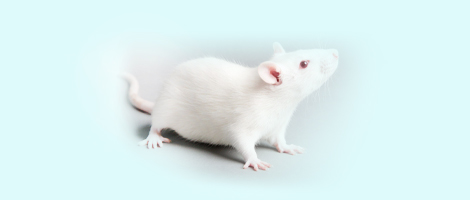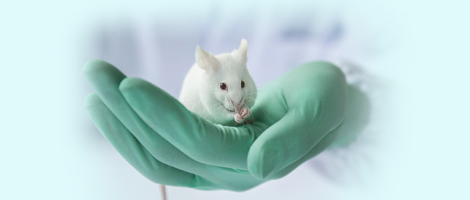| [1] |
贡磊磊, 王晓霞, 封学伟, 李心蕾, 赵涵, 张雪艳, 冯欣. 不同浓度环磷酰胺诱导早发性卵巢功能不全小鼠模型及作用机制研究[J]. 实验动物与比较医学, 2025, 45(4): 403-410. |
| [2] |
姜娟, 宋宁, 连文博, 邵丛丛, 顾文文, 石燕. 两种浓度乙醇溶液灌注建立小鼠宫腔粘连模型的组织病理和分子病理表型比较[J]. 实验动物与比较医学, 2025, 45(4): 393-402. |
| [3] |
刘月琴, 薛卫国, 王淑友, 申耀华, 贾术永, 王广军, 宋晓晶. 探头式激光共聚焦成像技术用于小鼠消化道组织形态特征分析[J]. 实验动物与比较医学, 2025, 45(4): 457-465. |
| [4] |
罗莲莲, 袁艳春, 王俊岭, 时广森. 肌萎缩侧索硬化症小鼠模型研究进展[J]. 实验动物与比较医学, 2025, 45(3): 290-299. |
| [5] |
孔志豪, 魏晓锋, 于灵芝, 冯丽萍, 朱琦, 施国君, 王晨. 鳞状皮屑裸小鼠木糖葡萄球菌的分离鉴定[J]. 实验动物与比较医学, 2025, 45(3): 368-375. |
| [6] |
许秋雨, 严国锋, 付丽, 范文华, 周晶, 朱莲, 仇淑雯, 张洁, 吴铃. 来曲唑缓释片皮下给药构建小鼠多囊卵巢综合征模型及其肝脏转录组学分析[J]. 实验动物与比较医学, 2025, 45(2): 119-129. |
| [7] |
潘钱家, 葛峻沂, 胡楠, 华飞, 顾敏. 基于16S rRNA测序的2型糖尿病db/db小鼠模型口腔菌群差异分析[J]. 实验动物与比较医学, 2025, 45(2): 147-157. |
| [8] |
刘荣乐, 程灏, 尚付生, 常书福, 徐平. SHJH hr 小鼠的心脏衰老表型研究[J]. 实验动物与比较医学, 2025, 45(1): 13-20. |
| [9] |
吴志浩, 曹舒扬, 周正宇. 肝螺杆菌感染引起VDR-/-小鼠炎性肠病相关肠纤维化模型的建立及机制探讨[J]. 实验动物与比较医学, 2025, 45(1): 37-46. |
| [10] |
张楠, 李怀银, 连晓娣, 魏娟鹏, 高明. 不同光照时长对NIH小鼠体重和学习记忆能力的影响[J]. 实验动物与比较医学, 2025, 45(1): 73-78. |
| [11] |
王芊芊, 陶斯珏, 卫振, 金晖晖, 刘平, 汪洌. 利用辅助生殖技术挽救基因修饰小鼠的实例分析[J]. 实验动物与比较医学, 2025, 45(1): 79-86. |
| [12] |
赵赫, 张帆, 肖宇宙, 安学芳, 张涛, 李丽. 一例干扰素受体缺失小鼠自发未成熟型睾丸畸胎瘤诊断[J]. 实验动物与比较医学, 2024, 44(6): 691-694. |
| [13] |
赵小娜, 王鹏, 叶茂青, 曲新凯. 应用Triacsin C构建新型高血糖肥胖小鼠心功能减退模型[J]. 实验动物与比较医学, 2024, 44(6): 605-612. |
| [14] |
谭贺, 杨晓辉, 张大秀, 王贵成. 不同发育时期小鼠代谢笼实验的最佳适应期探讨[J]. 实验动物与比较医学, 2024, 44(5): 502-510. |
| [15] |
孟雨, 梁冬丽, 郑琳琳, 周园园, 王朝霞. 人肝肿瘤细胞的裸小鼠原位癌建模条件优化及评价[J]. 实验动物与比较医学, 2024, 44(5): 511-522. |






